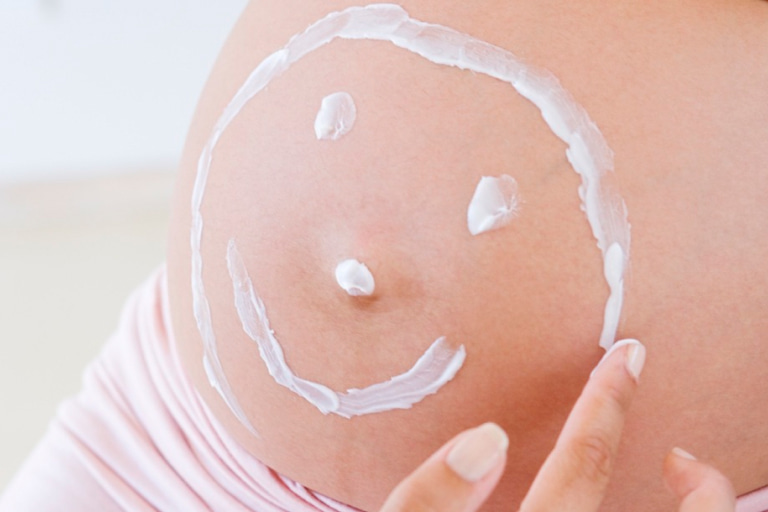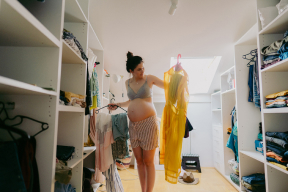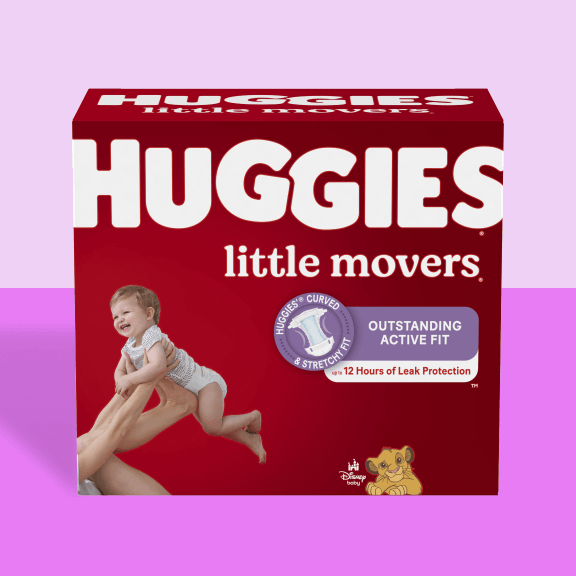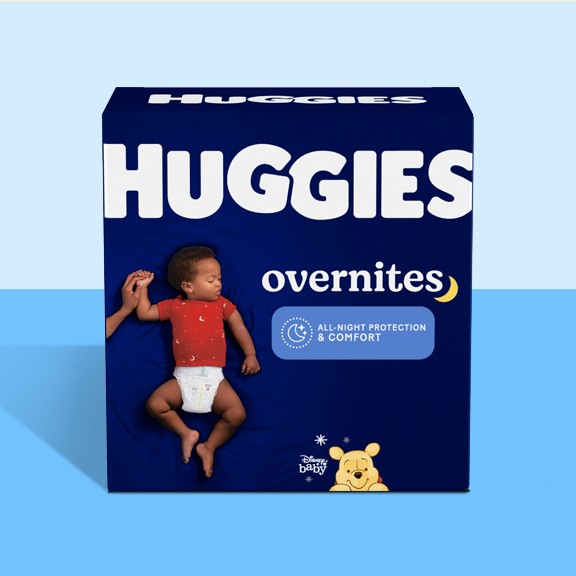The cause of skin changes during pregnancy
The mask of pregnancy
Melanin is responsible for the color of our skin and women with darker or olive skin tend to be more affected by chloasma. Many women also find their moles become darker during pregnancy as well, due to the overall increase in melanin production.
It's important to monitor any changes in the color, shape, and general appearance of moles. To be on the safe side, it's worthwhile monitoring any mole changes and to check with your primary care provider and your maternity care provider.
For most women, chloasma fades within 3 to 6 months after the birth of the baby. In some women it takes longer.
There is no specific treatment for mask of pregnancy because, like most skin changes during pregnancy, once the baby is born and a mother's hormone levels return to normal, it tends to fade. But it is important to avoid sun exposure because this may make it worse.
Wear a broad-brimmed hat, rub in a broad-spectrum sun block and avoid being out in the sun between 10am and 3pm. Don’t forget that the winter sun can be just as detrimental as summer rays.
Other skin changes during pregnancy
Freckles and moles may also appear darker. If you notice any change in the shape or a freckle or mole, then it's important to have this checked by your primary care provider and maternity care provider just to be on the safe side.
You may also notice your nipples becoming darker and a line spreading from your belly button down towards your pubic region. This line is known as linea nigra. This generally appears within the second trimester, from around month 4 or 5.
That pregnancy glow
You may feel you are far from glowing when you are pregnant, particularly in the middle of summer. But it is one of those terms which people generally feel is a positive and nice thing to say. Try to take it as a compliment!
There is no specific treatment for pregnancy glow. You and your baby actually need that increase in overall blood volume to keep your little one oxygenated and well looked after.
You could try using an oil free cleanser if you feel your skin has become too oily. You might need to change your moisturizer as well. You may need to change your usual routine and products, even if you've been loyal to the same brand for years. Your skin has changed.
Stretch marks during pregnancy
Although many creams and lotions promise results, the truth is that for the majority of women stretch marks fade in their own good time. There have been some significant advances in the technology and development of lasers for the treatment of stretch marks. However, these can be costly.
Check with your primary care provider and maternity care provider to see if you qualify for referral to a dermatologist who specializes in stretch mark removal.
Extra hair growth on the face and body during pregnancy
You'll find that once your baby is born that your body hair returns to its normal appearance. If you need to, consider extra waxing, threading, shaving or general depilatory treatments if you feel self-conscious.
Pimples and acne during pregnancy
If you feel you're revisiting your adolescence, you're not the first pregnant woman to experience this. You can put all the blame for your pimples down to pregnancy hormones. An increase in estrogen and progesterone causes sebum production to go into overdrive, which means that blocked pores become more common. Even the most scrupulous hygiene practices are unlikely to help, and you'll need to be careful about what treatments you use.
Some topical cleansers and pimple creams are contraindicated for use in pregnancy, so you'll need to be careful and read the manufacturer's recommendations before you use anything specific.
Mild cleansers are acceptable. Look for products with a pH which matches the skin's usual balance, which is a pH from 4.0 to 7.0.
Avoid picking, squeezing, or fiddling with pimples because this can lead to infection and ultimately, scarring. You could use an exfoliant wash in the shower a couple of times a week and an oil-free moisturizer.
You may also experience pimples and blackheads on your chest, back, and upper arms. Try using a loofah or body brush to cleanse the pores and keep them free of sebum blockage. Also try using oil-free makeup on your face. If you can, go without. The less clogging of your pores, the better.
A very small percentage of pregnant women develop a condition known as pruritic urticarial papules and plaques of pregnancy, otherwise known as PUPP. This is characterized by very itchy, red, and raised lumps over the abdomen, upper thighs, bottom, arms, and legs. This tends to occur towards the second half of pregnancy. Like most other skin conditions, disappears once the baby is born.
Acne lotions and creams which contain retinoids or retinols (Vitamin A) are not recommended for use during pregnancy. Check with your maternity care provider and or a pharmacist before using any acne treatments.
Red palms and soles on the feet during pregnancy
Dry skin during pregnancy
Treatment for dry skin during pregnancy
For women who have eczema, pregnancy can exacerbate symptoms. Red, dry, itchy, and scaly skin patches may need more attention when it comes to moisturizers.
Avoid long, hot showers and wearing artificial fibers next to your skin. Sitting in front of a heater and overheating in bed can also lead to a worsening of eczema symptoms. The best way to avoid eczema flare-ups is to maintain the skin's integrity and hydration in the first place.
Skin sensitivity during pregnancy
Sometimes the culprit is perfumes, preservatives, colors, or dyes. If you are affected by skin sensitivity, err on the side of simple and keep your skin cleansing and moisturizing routine simple and mild.
What you can do about skin changes during pregnancy
- Feel confident that nearly always, any skin changes resolve after the baby is born.
- Be careful about what treatments you use and if you in any doubt, check with a doctor, pharmacist, or your maternity care provider. Read labels, check claims, and do your own research until you are satisfied you are making a well-informed decision.
- Don’t compare your pregnancy experience with other mothers. Every pregnant woman is unique.
- Eat a healthy diet and drink plenty of water. This combination of factors always helps when it comes to any skin conditions. Keeping your skin hydrated will help puff out your skin cells and improve your general appearance.
- Increase your dietary intake of essential fatty acids, found in oily fish, avocados, olive oil and fresh fruits and vegetables.
The information of this article has been reviewed by nursing experts of the Association of Women’s Health, Obstetric, & Neonatal Nurses (AWHONN). The content should not substitute medical advice from your personal healthcare provider. Please consult your healthcare provider for recommendations/diagnosis or treatment. For more advice from AWHONN nurses, visit Healthy Mom&Baby at health4mom.org.










